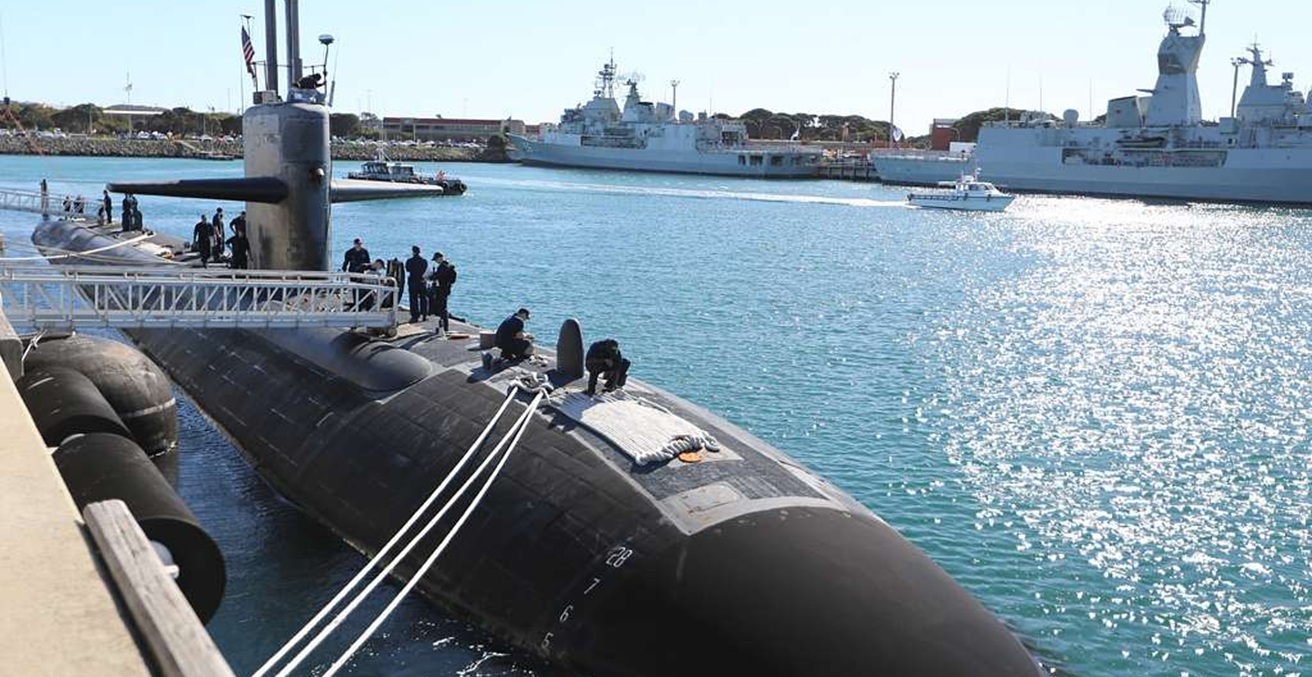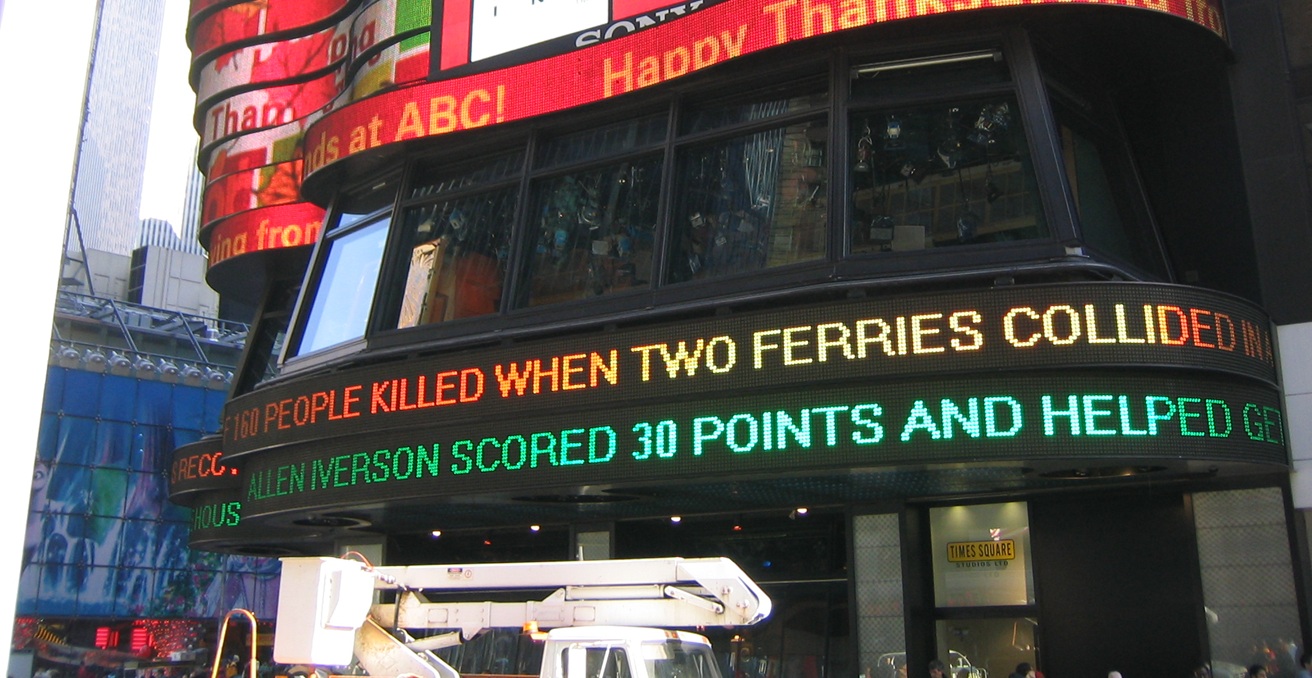In 2019, immigration policies for the Central American corridor were tightened. These stricter public policies, promoted by several of the countries in the region, led to humanitarian consequences that have made it riskier to migrate via a route used by hundreds of thousands of people every year.
The Migration Policy Unit of Mexico’s Interior Ministry’s statistics indicate that over 500,000 people crossed into Mexico in 2018. Who are they? What are they searching for? Why have they left their communities and families behind, knowing they will face humanitarian consequences such as kidnappings, extortion, sexual abuse, family separation, disappearances and, at worst, death?
In his book, A history of violence. Living and dying in Central America (2015), the Salvadoran journalist Oscar Martinez affirms that Central Americans “do not migrate” but rather “flee from their homeland, due to violence, year after year.” This violence occurs for a number of reasons, including: gangs that cause situations of armed violence; drug trafficking; systemic poverty; absence of or weak rule of law.
Although the overall figures for how many people migrate each year from the Northern Triangle countries of Central America are uncertain, and vary according to source, (IOM, UNHCR, National Institute of Mexican Migration/INM), Martínez speaks of an “epidemic of murders” that cause “more than a thousand human beings” to leave El Salvador, Guatemala and Honduras every day in search of a better future. They don’t have it easy.
In Mexico, undocumented migrants were considered law breakers until 2008, under the 1974 General Law of Population, leaving them unprotected and at the mercy of authorities. This vulnerability meant it was common for them to become victims of extortion and abuse.
In 2011, a new Migratory Act granted greater recognition for migrants’ human rights, maintaining that “in no event is irregular migratory status on its own considered the perpetration of a crime” (Art. 2). The legislation also stipulates that, “all migrants with irregular migratory status have the right not to be discriminated against in any manner and to be treated with due respect for their human rights.”
For years, however, the Mexican Ombudsman Office[1] has been denouncing cases of kidnappings, disappearances and murders of migrants. One of the best-known cases was the mass murder of 72 mostly undocumented immigrants by the Los Zetas armed group. The bodies were found on August 22, 2010, in San Fernando (in the northeast state of Tamaulipas).
It is common that migrants in transit in Mexico do not know their rights, nor what access they could have to basic services, health, education. In 2019, several factors made them even more vulnerable:
- Saturation of services for asylum seekers provided by the Mexican Refugee Assistance Commission (COMAR), which went from receiving over 21,000 applications between January and October 2018, to just over 58,500 in the same period of 2019.
- The creation in June of a new National Guard, predominantly made up of army soldiers, to help the National Institute of Migration in its migrant control and verification work.
- A greater number of undocumented migrants deprived of their liberty in detention centres, with little access to key services, such as health or legal assistance.[2]
- Establishment of the US Migration Protection Protocols (MPP), which allow US authorities to return undocumented Central Americans to Mexico while the US courts resolve their cases.
- Accommodation along migration routes at full capacity due to migrants staying for extended periods of time.
The ICRC Regional Delegation for Mexico and Central America, who work with migrants alongside the Mexican Red Cross, hear many sad stories, such as the following shared by a humanitarian worker in central Mexico:
“Give me the anti-Mexico pill,” a migrant woman requested of a health worker. She assumed that she was going to suffer sexual abuse while in transit through Mexico and wanted contraception to avoid unwanted pregnancy at all costs.
Although images of migrants passing through Mexico every day have become commonplace in the newspapers, on television and social media, we must not forget that each migrant has their own unique story and quest for a better life.
Exposed to a number of potentially life-threatening risks, migrants nevertheless remain resilient and convinced that the possibility of changing their lives lies in their own hands, no matter how callused their hands might be.
The ICRC, in cooperation with the National Red Cross Societies of Mexico and Central America, strives to prevent and mitigate some of the humanitarian consequences faced by migrants. We know that migration will continue, and our hope is that the humanitarian needs of migrants will be met. They must be treated with dignity at all times and we will do everything possible to assist and protect them.
We put this on the record in a joint Red Cross Red Crescent Movement declaration on migration adopted at the end of 2016:
“It is imperative to implement effective measures in accordance with the Fundamental Principles, international law, and the Movement’s Resolutions [International Red Cross and Red Crescent], in collaboration with authorities and other stakeholders, to guarantee the respect for the rights of migrants in transit along the migration route, in the country of destination and return, strengthening the resilience of migrants and communities.”
It is our hope that this statement will not fall into oblivion nor become an unattainable dream.
Alberto Cabezas is a former ICRC Communication Officer in Mexico. Update, October 2020: Since publishing this article, Alberto has begun working at the International Organization for Migration (IOM) as National Communications Officer in Mexico.
This article is part of the Forgotten Conflicts series by the International Committee of the Red Cross, highlighting the overlooked humanitarian consequences of armed violence around the world.
This article is published under a Creative Commons Licence and may be republished with attribution.




